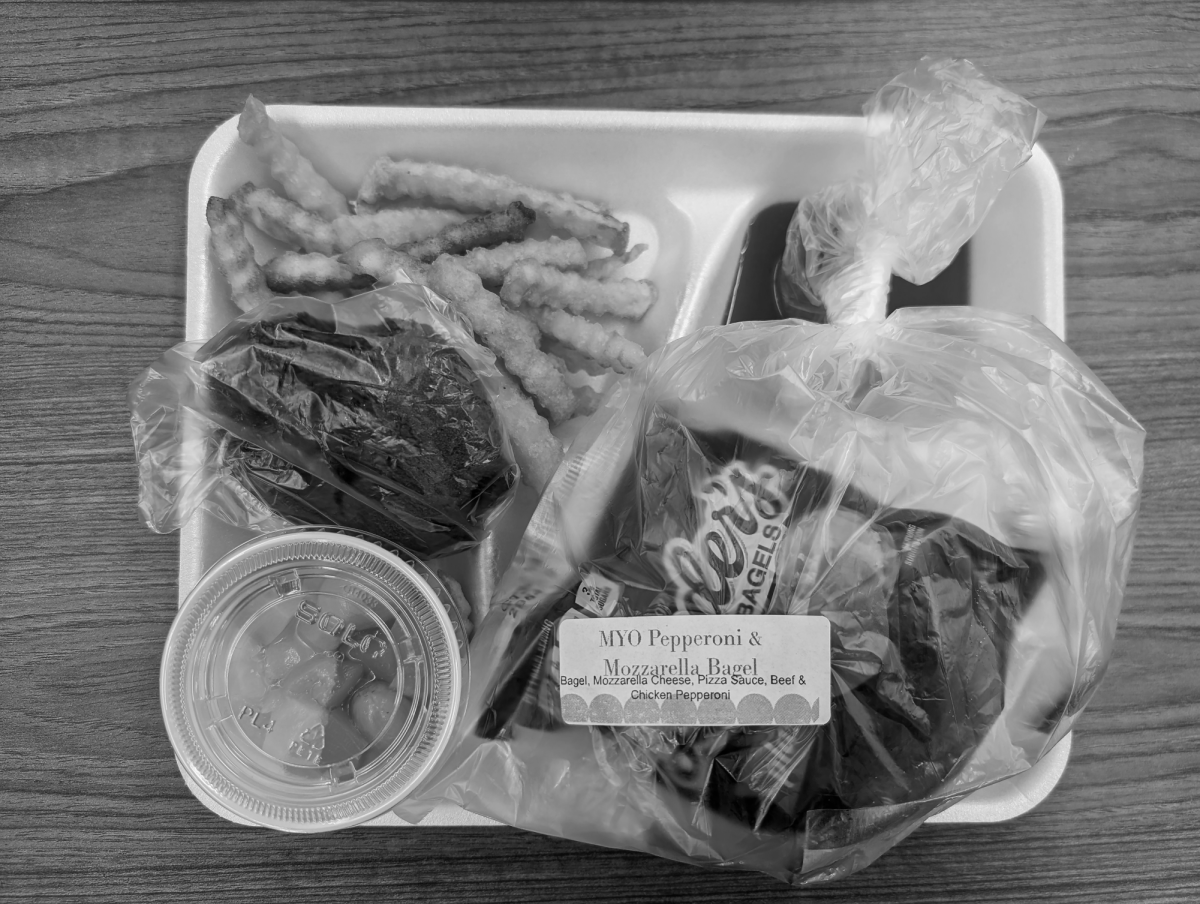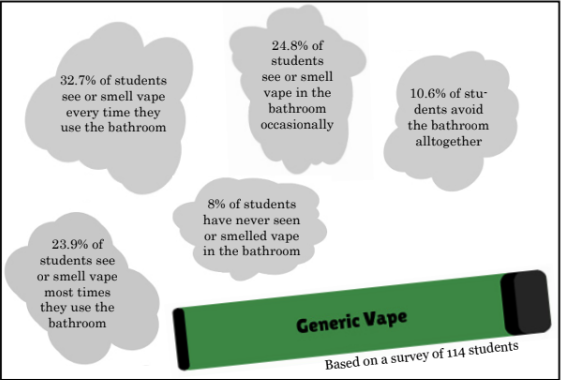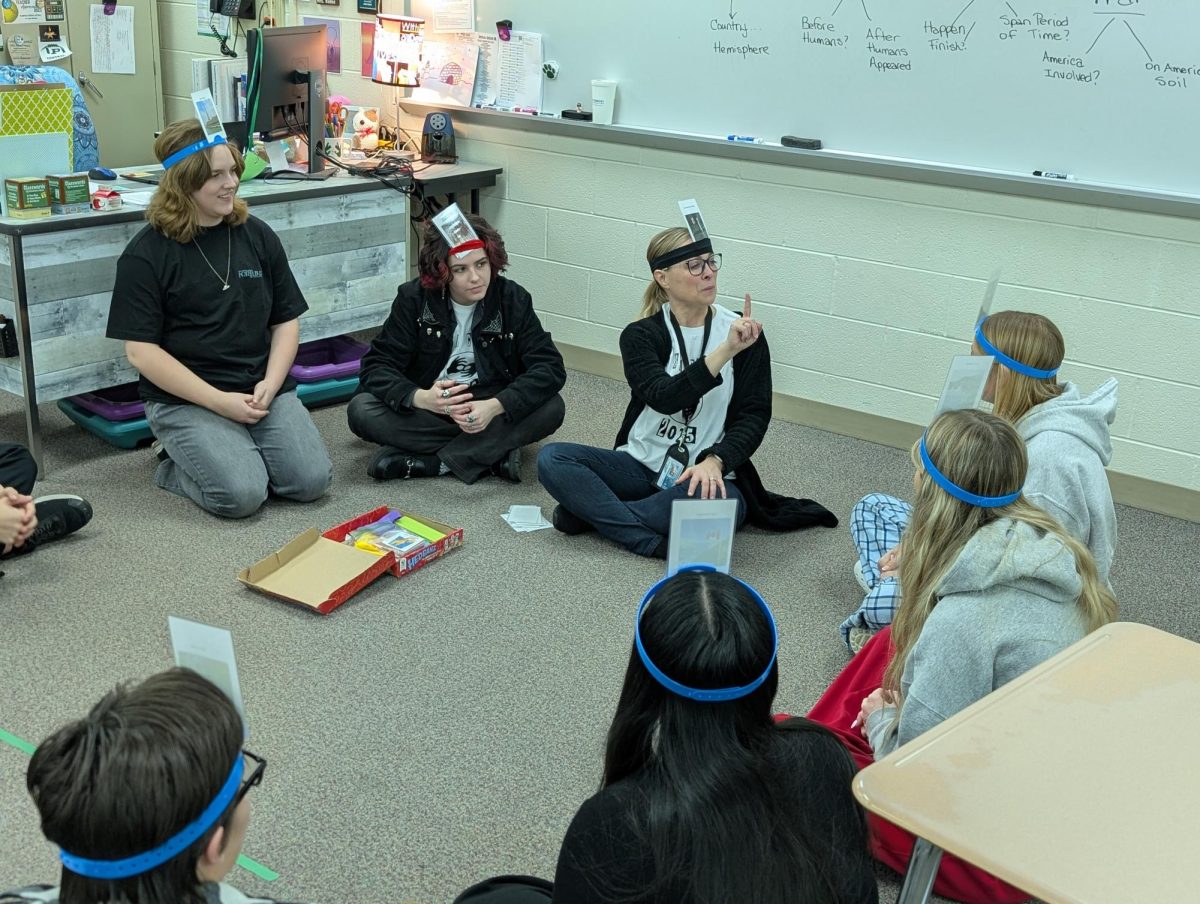A typical school lunch contains plastic in nearly every component. Overly processed foods wrapped in packaging, plastic utensils, and sugary drinks courtesy of the vending machines all contain excessive amounts of plastic, and students throw away these items every day without a second thought.
According to Environment America, American public schools account for 14,500 tons of plastic waste per day, and a single student accumulates about 67 pounds of waste over the course of one school year. The majority of this waste comes from foods and drinks.
“An individual’s biggest plastic intake by far is from bottled water,” AP environmental science teacher James Griffone said. “It’s a bunch of single-use plastics, so it’s incredibly wasteful.”
To combat the excessive amount of single-use plastics that students go through, Griffone suggests purchasing more sustainable cookware and prioritizing glass bottles, aluminum cans, and reusable water bottles.
Consistent exposure to single-use plastics does not only have ill effects on the environment; research on the adverse effects of plastic on the human body is currently limited, but certain chemicals within plastic have been linked to cancers, hormone disruptions, infertility, heart disease, and other conditions. Learning about different chemicals, their adverse effects on the human body, and which products contain them is an effective way of educating oneself.
An article from University of California mentions that specific chemicals such as BPA and phthalates “mimic human hormones, the body’s chemical messengers controlling processes like reproduction, growth and metabolism.”
A Fielder poll, answered by 29 students, showed that 14 of the respondents do not properly recycle the plastics from their school lunch.
One possible solution to reduce the amount of plastic improperly disposed of in the lunchroom is to stress the importance of the recycling bin.
The United States Environmental Protection Agency has an easy-to-access list on their website of common recyclables.. A simple flier posting a reminder of these items can improve the amount of plastics that make their way into the proper receptacle.
Other cutbacks such as investing in a reusable straw or fork to use at school can eliminate common wastes such as plastic water bottles and utensils.
For students who rely on school for lunch and breakfast, limiting plastic use can be difficult; however, initiating change can also be done from a local standpoint, and may even prove to be more effective than attempting to reach out to companies themselves.
“Vote for candidates and policies for harder regulations on plastics. Support companies who really market the fact that they are plastic-free,” Griffone said. “You’re one person, but make the impact that you can.”







